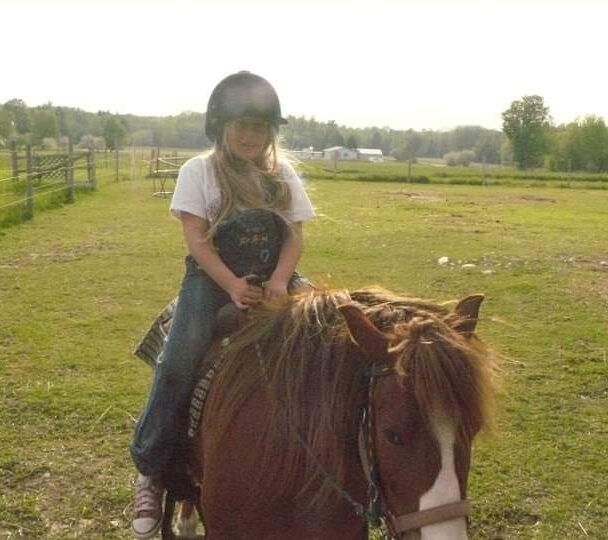You look at me and more than likely assume my culture is as white as they come. What you probably don’t assume is that I am Native American and part of the Sault Ste. Marie Tribe of Chippewa Indians.
You wouldn’t be the first to make this assumption and you won’t be the last. The amount of times people are shocked when I pull out my tribal card as a legal document is always. The amount of times they’ve questioned if it will even work for my I9 documentation, even though it is an acceptable document, is always.

It’s not their fault, but the lack of representation of Native Americans in general. When you think of Native Americans you likely picture some guy with long hair riding a horse or Pocahontas. It’s how the media normally portrays it, and I don’t blame you if you do.
I look like my mother with a white complexion and the battle I’ve had to fight to get people to understand that I am also Native American is one I’ve faced my entire life due to my passing as white.
It sucks being portrayed that way. The lack of representation of people of my culture or even people who are a mix of Native and white is overwhelmingly high. I have never seen someone portrayed as a mix of my cultures before. While there is probably at least one out there, that isn’t enough.
Coming to college was an experience for me as well. I’m from a small school where we had a program for Native American students, lived near a town where powwows happened and heard some vivid stories about the boarding school near my home.
When I got here, I tried to find something that felt like I belonged and connected to my ancestors. Truthfully, the only thing I found was a powwow during my freshman year. It didn’t have the turnout I’m used to.
For those unfamiliar, powwows are celebrations that tribes put on with traditional clothing, drum circles and dancing. There are always competitions by age for those who participate, and the energy of celebration.
The powwow I traditionally go to is open to the public, as we invite them to celebrate, enjoy food and buy things from different vendors. The food is usually a mix of traditional food, such as wild rice soup and a spin on foods with fry bread.
Fry bread is something I wouldn’t consider to be a traditional food, but rather something I would consider a reminder of harder times. Fry bread was traditionally made with ingredients given to those who were forced off of their reservations and land when settlers wanted to expand. Now, we use them instead of taco shells among other breads, such as hamburger buns.
While most of what I have talked about in regard to my culture has been light-hearted, I have also heard stories of my ancestors going through some of the biggest challenges.
Up where I live, there were old boarding schools where Native American students were sent. These boarding schools were essentially there to take the Native American ways out of the children.
I’ve heard stories of my ancestors having to hide who they were to protect themselves, some even going as far as burning their papers to protect their identity.
While this chapter in Native American culture is over, the lack of representation and overall history of my ancestors and culture remain.
If you’ve been with me this long, I’m hoping that you understand things from my perspective. We still exist and live lives just like you. We work in hospitals, grocery stores and schools. We go to colleges where we join clubs and play sports.
We may not always look the part because of genetics, but we are among you and live just like you. Our representation isn’t the same as other cultures in media, and I hope that one day it’ll be more. It needs to be more so that history doesn’t repeat itself and that we can see ourselves the same way other cultures are able to see themselves represented.
